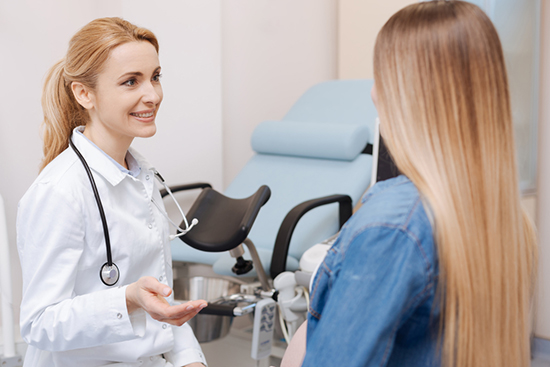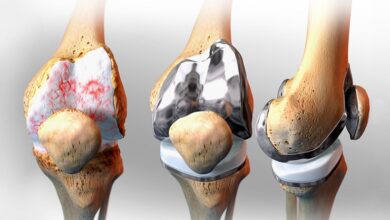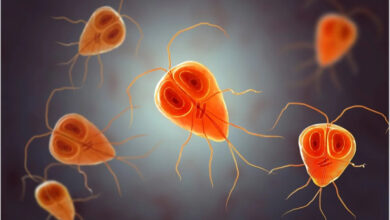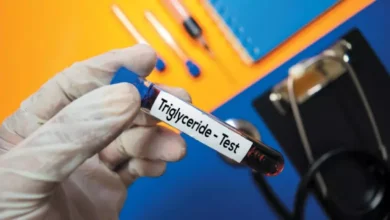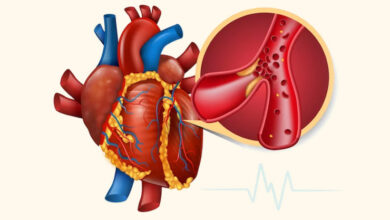Female Genital Warts: Symptoms, Causes, and Treatment

Female genital warts are one of the most common sexually transmitted infections. Female genital warts can appear on or around the genitals and may be small bumps or fleshy lesions.
What are genital warts in women?
Female genital warts result from infection with the human papillomavirus (HPV). People with this virus can transmit it through the vagina, anus, or oral sex. Female genital warts can cause discomfort but are not cancerous and do not lead to other health complications. The doctor can prescribe treatments to relieve the symptoms and remove the warts.

What is the shape of genital warts in women?
Female genital warts can appear on or around the genitals and may be small bumps or fleshy lesions.
Symptoms of genital warts in women
Anyone can get female genital warts. Female genital warts can occur in the vagina, vaginal opening, cervix, anus, groin area, and upper thigh or around these organs. Because the human papillomavirus can also be transmitted through oral sex, female genital warts can also appear on the lips, mouth, and throat.
Female genital warts are usually small fleshy lesions. The number of female genital warts can differ, and female genital warts may appear in clusters and look like cauliflower. Female genital warts are usually the same color as the person’s skin or a little darker. Bumps and fleshy lesions may be soft or rough, and female genital warts may be too small to be easily seen.
Female genital warts do not cause specific symptoms. Still, they may be accompanied by the following complications: itching, burning, sensitivity to touch, and bleeding.
The cause of female genital warts
Female genital warts are the result of HPV infection. Female genital warts are a type of sexually transmitted disease (STD). A person with HPV infection can transmit this virus through vaginal, anal, or oral sex, direct skin contact in the genital areas, and during pregnancy.
Female genital warts do not always appear immediately after contact with an infected person, and it may take months or even years for female genital warts to show themselves. Most people get over this virus without special treatment; in this case, no particular health problems arise. When the virus is cleared from the body, the person is no longer a carrier.
There are different types of HPV. The type of HPV that causes genital warts is not cancerous.
Which women are more at risk of genital warts?
Anyone sexually active is at risk of HPV infection. Other risk factors include the following:
- smoking
- Having a weak immune system
- Under 30 years of age
Ways of transmission of Female genital warts
Female genital warts are one of the sexually transmitted diseases. This disease is transmitted to others by having sexual intercourse and skin-to-skin contact.
What is the incubation period of female genital warts?
The length of time between HPV infection and the appearance of genital warts in women varies greatly. Since most infected people do not show any symptoms or do not get warts, it is impossible to determine when warts appear after contracting the virus. Warts may take several days, months, or years to appear after contracting the virus.
Complications of warts in women’s genitals
There are more than 100 different types of HPV. The kind that causes female genital warts is not cancerous. Even if a person does not take treatment for female genital warts, the warts will not become cancerous.
However, a person may have more than one type of HPV infection simultaneously, and at least 14 types can cause cancer, including cervical cancer. When a person has female genital warts, the doctor may prescribe tests for cervical cancer symptoms.
Doctors recommend that all women between the ages of 21 and 29 should be screened for cervical cancer, called a Pap smear. Also, women aged 30 to 65 should have a pap smear once every three years. Women aged 30 to 65 can only have an HPV test once every five years.
If the Pap smear test has an unclear or abnormal result, it does not mean the person has cancer. The doctor will order further tests to check for any changes in the cells of the cervix. Pregnant women with a history of female genital warts should inform their doctor about this issue. Of course, a history of genital warts does not cause problems for pregnancy or the fetus. Also, genital warts during pregnancy can make pregnancy difficult.
The right time to see a doctor for the treatment of female genital warts
Genital warts in women need to see a doctor. Sometimes, female genital warts go away over time. Still, treatment can reduce the virus’s transmission risk and help relieve the unpleasant symptoms of female genital warts, such as itching and pain.
Diagnosis of female genital warts
A specialist doctor can usually diagnose female genital warts with a physical examination. The doctor uses a colposcope to see the genital warts of women better. The doctor may also take a small sample of a visible female genital wart and send it to the laboratory for testing. This test can help confirm the diagnosis of female genital warts.
Treatment of female genital warts
There is currently no cure for female genital warts. A person’s immune system can often overcome this virus over time. If female genital warts cause discomfort, the doctor can prescribe treatments to reduce symptoms or remove the female genital warts. This treatment can reduce the risk of transmitting the virus to other people.
Topical treatments for female genital warts include the following:
- Treatment of female genital warts with podofilox
- Treatment of female genital warts with Imi Chemod
- Treatment of female genital warts with podophyllin
- Treatment of female genital warts with trichloroacetic acid
For people who have more extensive or more complex genital warts, the doctor may recommend the removal of female genital warts.
surgery
In this method, the doctor cuts and removes the genital warts of women. Before the operation, the patient is locally anaesthetized.
Laser
In this method, the surgeon destroys the genital warts of women using radiation. Removing female genital warts with this method may cause pain and discomfort after the operation.
Does laser smoke cause the spread of female genital warts?
No, using a laser with the simultaneous use of a vacuum device will not spread the female genital wart virus to other parts of the body. It is essential to know that you should not use treatments for different types of warts for female genital warts, as this can make symptoms worse.
Removal of female genital warts does not rid the body of HPV infection. Female genital warts may return after treatment, and the person may still carry the virus. Also, using a condom during sex can help reduce the risk of transmitting the virus, but it will not entirely prevent it.
Cryotherapy
This method involves freezing female genital warts with liquid nitrogen. Cryotherapy may cause burning pain and blisters.
electrocautery
In this method, the doctor burns a woman’s genital warts off the skin with an electric tool. The patient may need local anaesthesia or general anaesthesia.

Topical drugs
One of the methods of treating genital warts is the use of topical medications and ointments. Some of the creams used to remove genital warts are as follows:
- Aldra Ointment
- Podophyllin and Podophyllox ointment
- Salicylic acid solution
- Syncathins
Treatment of female genital warts at home
Because female genital warts can return after surgery, home remedies can effectively treat standard medical treatments. Of course, anyone who wants to use home remedies for female genital warts should consult a doctor first. The following home remedies can speed up removing female genital warts but won’t fix the underlying problem.
Green tea extract
Green tea extract can fight against female genital warts. A 2015 study examined the use of certain types of green tea extract. The result was that green tea extract was better than a placebo and was as effective as standard topical treatments for female genital warts.
Tea tree extract
Fans of traditional medicine have long been using tea tree extract to treat various skin conditions. The antimicrobial properties of tea tree extract can reduce the severity of some viruses, including the viruses that cause female genital warts. The use of tea tree extract for female genital warts has not been studied much. Still, there is limited evidence that this extract can treat warts on other body parts.
witch hazel
Like tea tree extract, mountain elm is a well-known solution for skin problems, including female genital warts. Mountain elm is relatively mild and less likely to irritate sensitive skin. Still, mountain elm should not be used on mucous membranes, including inside the vagina or anus. A 2014 study found that mountain elm can effectively fight HPV type 16. This type of HPV is the type that causes genital warts in women.
Turmeric
Pure turmeric is an antioxidant that affects the female genital wart virus by protecting DNA cells.
The Black Seeds
One of the standard remedies is to use a mixture of crushed black seed and vinegar. Apply this herbal remedy on warts daily.
Garlic and vitamin E
Rubbing vitamin E oil on women’s genital warts and then applying crushed garlic once every 48 hours is adequate for permanently removing warts.
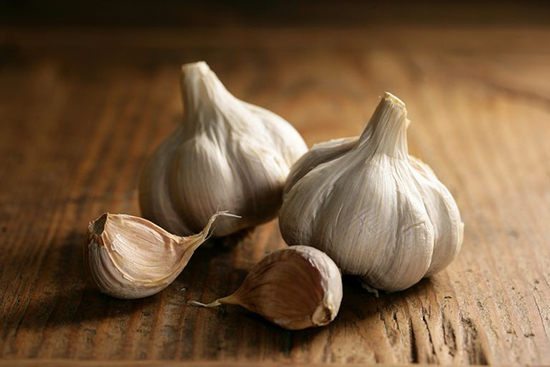
Prevention of female genital warts
Using a condom during sex reduces the risk of genital warts in women. However, condoms cannot cover the entire genital area, so they may not fully protect against HPV transmission. Other methods of contraception do not protect women against genital warts.
Getting the HPV vaccine can help protect against the types of viruses that cause female genital warts or cervical cancer. The Centers for Disease Control and Prevention recommends the HPV vaccine for all children ages 11 or 12 and women ages 13 to 26. Anyone with a severe mushroom allergy should consult a doctor before getting vaccinated.
Is genital acne the same as genital warts?
No, genital acne or genital acne is one of the types of subcutaneous acne in the genital area that is not transmitted through sexual contact. Genital acne is mainly caused by inflammation or infection of the hair follicles in the penis area, blockage of the ducts of the sebaceous glands, and sweat glands in the penis area.
The Centers for Disease Control and Prevention does not recommend the HPV vaccine for pregnant women. Quitting smoking can also reduce the risk of genital warts in women.
Can genital warts in women during pregnancy cause transmission to the fetus?
You should know that all pregnant women with the HPV virus can transmit this virus to the baby during delivery. Therefore, all pregnant women should treat this disease before giving birth.
Are female genital warts painful?
Genital warts are usually not painful but can cause itching, sensitivity to touch, or a burning sensation in the affected area.
Is it accurate to transfer female genital warts from the swimming pool?
Swimming in the pool does not play a role in transmitting this virus.
